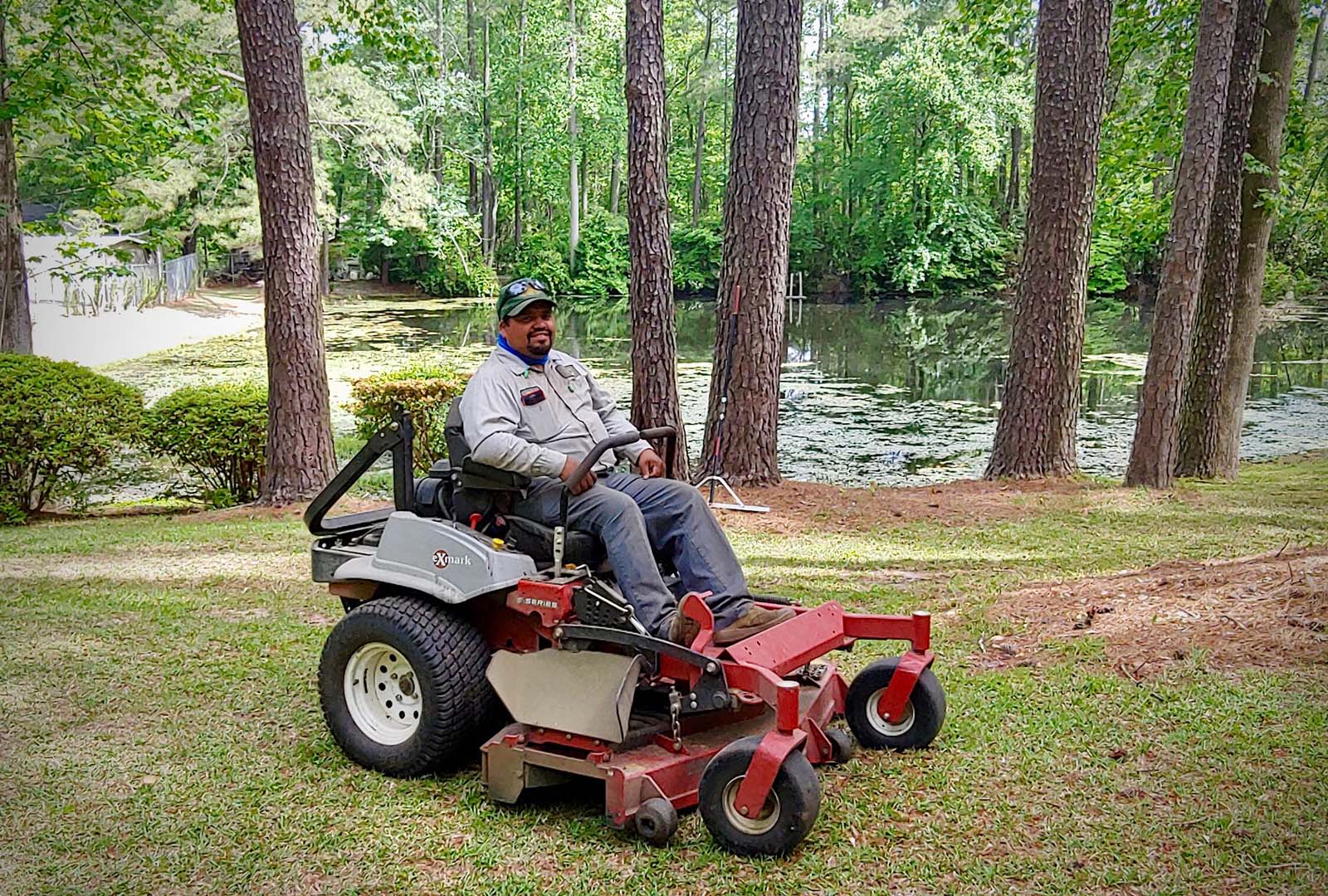Techniques for Mastering Lawn Mowing: Techniques for a Healthy Lawn

Cultivating a lush, verdant lawn that beautifies the aesthetic of your home demands more than just infrequent mowing. Lawn care is an skill that combines understanding, technique, and a little bit of patience. Regardless of whether you are a veteran gardener or a beginner to the world of lawn maintenance, learning the fundamental techniques can be pivotal in achieving a thriving yard. In this guide, we will discuss everything from the most suitable grass types for your climate to yearly care tips that will ensure your lawn prosper year-round.
In addition to trimming methods and upkeep routines, we will address common pitfalls that many homeowners encounter as they start their lawn care journeys. From adequate watering techniques to organic pest management strategies, our aim is to arm you with the information you must have to cultivate a lively outdoor space. Follow along as see post delve into important lawn care techniques and guide you evolve into a true mowing master, transforming your yard into a stunning green oasis.

# Essential Lawn Care Tips
To achieve a vibrant lawn, one must comprehend the essentials of lawn care. This includes selecting the appropriate grass type for your environment, which can greatly influence the health of your yard. Regional differences in weather and soil play a pivotal role in determining the most suitable grass for your area. By getting to know local guidance, you can keep your lawn healthy and verdant throughout the year.
Mowing technique is another vital element of lawn maintenance. Understanding the right timing and method for mowing can enhance growth and elevate your lawn's appearance. Maintaining a sharp mower blade, cutting at the right height for your variety of grass, and following a regular mowing schedule are essential for a flourishing lawn. Furthermore, you can find out more as mulching can recycle essential nutrients into the soil, promoting better grass health.
Watering is equally important in maintaining a healthy lawn. Grasping https://stewart-dreier.blogbright.net/garden-design-for-your-lawn-planning-ideas-for-betterment watering schedule and timing can help avert complications like excessive or inadequate watering. Setting up a suitable watering schedule, mindful of weather variations, facilitates deep root growth, ensures endurance through hot summers, and keeps your lawn beautifully green. Implementing a reliable irrigation system can further streamline the process, ensuring that your grass receives the hydration it needs.
Lawn Care Methods for Success
To attain a thriving lawn, when you mow and method are critical when it comes to mowing. Aim to mow when the grass is not wet, usually in the late morning or dusk. This prevents clumping and ensures a clean cut. The level at which you mow also plays a important role; generally, keeping grass at a height of 3 to 4 inches encourages deep root growth and helps hold moisture. Each grass type has its preferred height, so it's essential to be familiar with the individual needs of your lawn.
Varying your mowing pattern can have a good impact on the grass health. Changing directions with each mow not only stops grass from leaning in one direction but also lessens soil compaction and ensures an uniform cut. Additionally, keep your mower blades in good condition; dull blades tear the grass rather than cut it smoothly, which can lead to illness and an poor appearance.
Lastly, think about the benefits of mulching your grass clippings. Instead of bagging them, leaving the clippings on the lawn allows them to compost and return nutrients to the soil. This natural technique reduces the need for additional fertilization and can enhance the general health of your lawn. By adopting these mowing techniques, you will set the foundation for a lush, healthy yard that flourishes season after season.
Seasonal Yard Maintenance
Caring for a thriving lawn demands attention throughout the year, as every single season presents distinct tasks and activities. In the springtime, focus on restoring your grass post winter. This season is ideal for airing out your lawn to reduce compressed soil and enhance water and nutrient absorption. Spring lawn care to-do list items include nourishing with a nitrogen-rich fertilizer and addressing any weed concerns as they begin to emerge. Proper trimming techniques should also be utilized throughout this time, holding the grass at the suggested height for optimal growth.
As summer comes, ensuring your lawn in top condition becomes even more vital. The summer heat can put pressure on your grass, making it crucial to establish a proper watering habit. Determine how often you should hydrate your lawn, looking to achieve deeper watering less frequently to encourage root growth. Additionally, monitor signs of overwatering and too little water to avoid damage. This time may also necessitate tackling insects and infection, so remain watchful for any abnormal changes in your lawn’s appearance.
When autumn comes, it is time to get ready your lawn for the chilly season. Fall lawn care includes aerating again if required, sowing seeds for thicker grass, and using a cold-weather fertilizer to nurture strong root establishment. This is also the best opportunity to remove leaves and debris that can suffocate your grass. While you transition your lawn through seasons, confirm you are arranging it for success for spring, with suitable mulching and weed control prevention methods in place.
